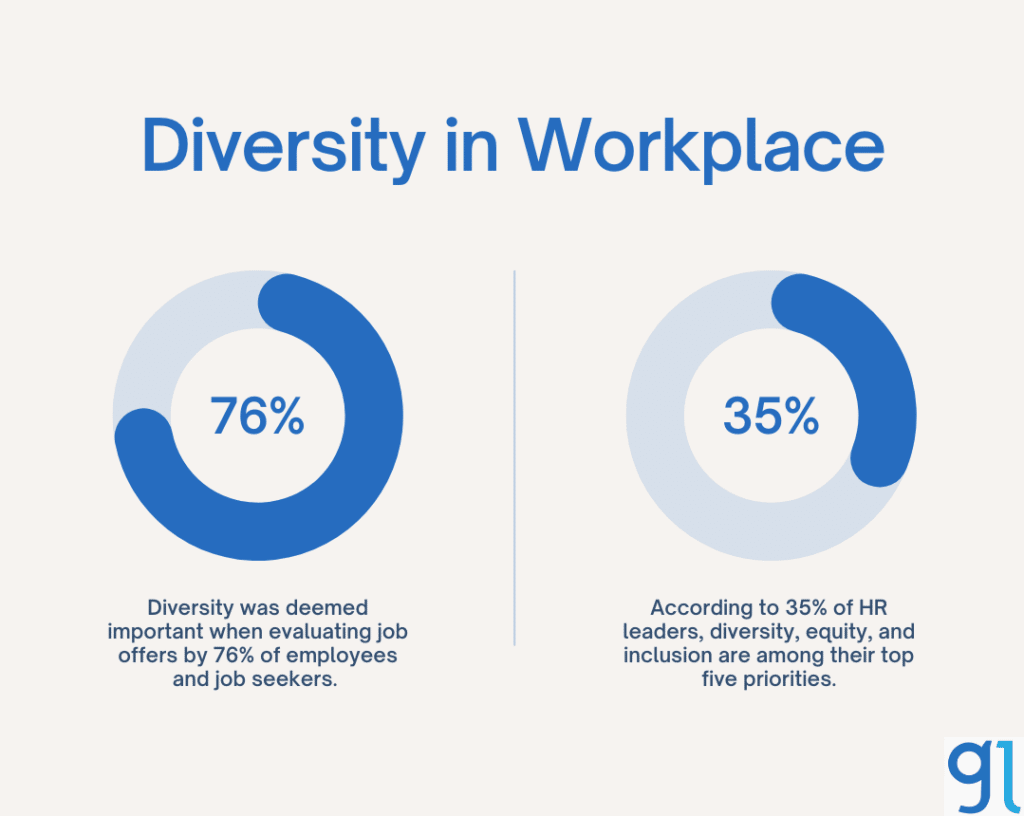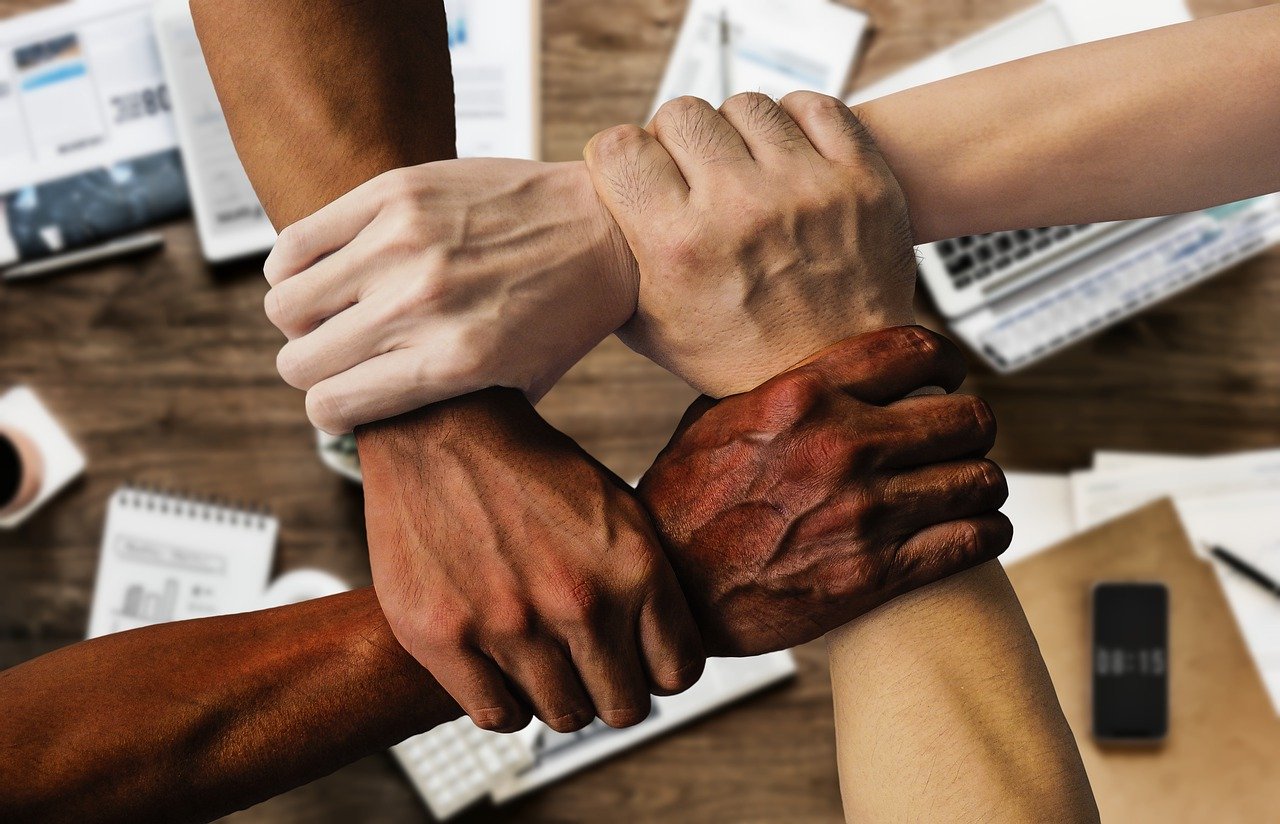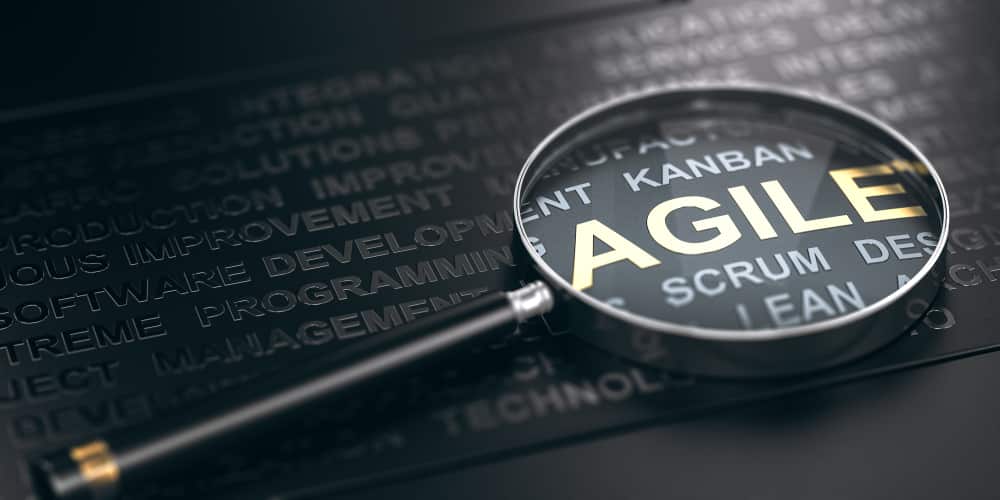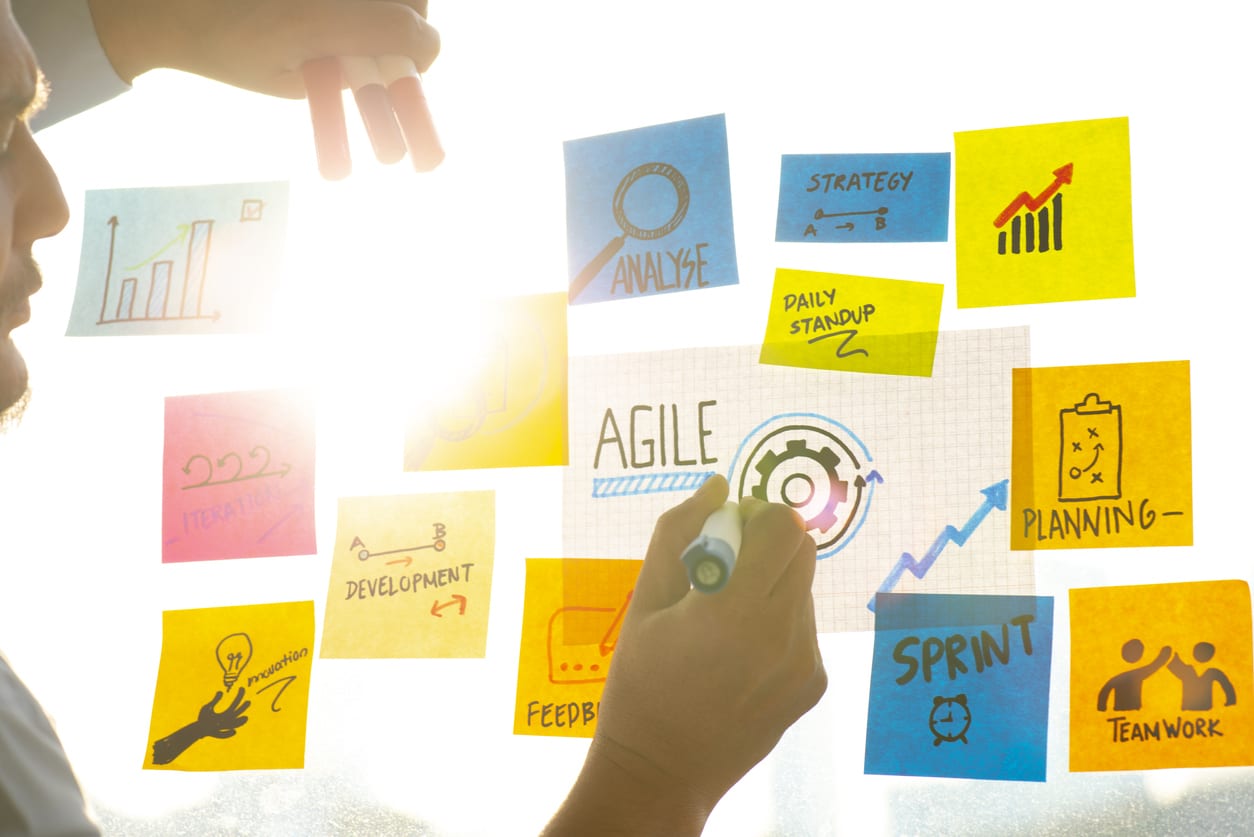Diversity includes the traits and features that set people apart from one another. Sexual orientation, ethnicity, and age are a few typical traits that denote workplace diversity. Still, there are numerous additional traits and experiences that individuals can bring to the workplace, and companies and HR teams should be conscious of them.
There are numerous elements that make up diversity. A person’s individual genetic and biological predisposing factors, experiences, and education all shape who they are as an individual throughout their lifetime. Through connections and mutual learning, these experiences enable the community to grow and become more diverse.
- What is Workplace Diversity?
- Why do we need Diversity in the Workplace?
- Benefits of Workplace Diversity
- Different Types of Diversity
- Challenges with Workplace Diversity
- Conclusion
In this blog, we will throw light on workplace diversity, its types, and the common challenges we face while implementing workplace diversity.
What is Workplace Diversity?
The word “workplace diversity” refers to a workplace with individuals with various characteristics, including diverse sex, gender, race, ethnicity, sexual preference, etc.
Workplace diversity comes in various forms, and diversity was first primarily used to refer to racial and ethnic diversity.
Yet, recently, the phrase “workplace diversity” has been broadened to include a variety of traits, including:
- Race
- Ethnicity
- Gender
- Age
- Sexual preference
- Disabilities, if any
- Religion
- Political views
- Education
- Socioeconomic status
- Geographical perspective
- Language
- Cultural diversity
Why do we need Diversity in the Workplace?
Diversity within the workplace is no longer just a flag that businesses hoist to demonstrate their dedication to welcoming differences; it is now a need in today’s modern, worldwide interconnected world and market.
Most contemporary businesses can market their products worldwide, reaching a wide range of customers. Companies require a diverse team to effectively develop, market, and sell their products in this global market.

Benefits of Workplace Diversity
Let us now look at the benefits one can gain from implementing workplace diversity and how it is an absolute game changer.
Fresh perspective
You’re introducing various viewpoints when employing people of different ages, nations, and ethnicities. Advantages like improved problem solving and more productivity may result from this. Consider it like a treasure hunt: will deploying the entire squad towards the same path increase your chances of success? Or will splitting your team deliberately allow you to acquire knowledge more quickly?
Increased talent pool
Employees no longer just want the highest paying job; they seek an environment where they may develop, feel valued, and face challenges. Because of this, a business that values diversity will not only foster a progressive workplace but also attract a diverse talent pool of applicants.
Increased creativity
Diversity in the workplace fosters creativity. If a group of people comes from a similar background, then it is possible that every aspect of them, including their thought processes, life choices, and problem-solving techniques, will be similar. Additionally, homogeneity does not produce original solutions, and on the contrary, a diverse workforce will provide unique viewpoints that may result in creative discoveries.
Improved performance
Diversity and inclusiveness work great alongside one another. Employees are more inclined to feel at ease being themselves in a work setting when they witness the representation of various ethnicities, experiences, and thought processes. As a result, employees are much more satisfied and productive.
Different Types of Diversity
After thoroughly understanding what workplace diversity is and its many benefits, let us now discuss the different types of diversity that exist. Note that this list is in no way exhaustive, and we have many types of diversity in the picture.
Culture
Every individual’s ethnicity plays a role in this form of variety, which is typically reflected in the conventions we pick up from the society in which we were brought up or the values of our families. When people from different cultures come together, a new set of ideas and perspectives also occurs.
Personality
Distinct personalities and ways of thinking can lead to unpleasant situations and brilliant inventions in the job. Companies hire based on cultural fit to avoid the former, which stops the latter. Instead, employers should look for varied personalities who get along well and push one another’s viewpoints.
Geographical Region
The culture, language, education, social roles, socioeconomic position, views, and philosophies a person is used to are significantly influenced by their geographical region. Remember that just because someone currently resides in a given area does not imply that they have always done so. To better grasp the many experiences your applicants and coworkers have had before beginning to work with you. It is crucial to get to know their past experiences.
Race
A person’s physical characteristics determine racial classification. E.g., Caucasians, Africans, Latino, and Asian are a few examples of races.
Religion
This kind of diversity describes the existence of people from many religions and spiritual backgrounds and those who have neither.
Age
Working with individuals of various ages and, most significantly, generations are referred to as age diversity. For instance, millennials, GenZersbaby boomers, and GenXers can work together in the same setting.
Sexual Orientation
The terms “sex” and “gender” both refer to male and female employees in the conventional sense. For instance, businesses attempting to attain a 50-50 balance between individuals who identify as male and female may occasionally use the term “gender balance” in their communications.
Disability
Here, various impairments or persistent ailments are covered, from mental to physical. Companies frequently provide mental health support or wheelchair ramps as reasonable accommodations to aid people with impairments in integrating into the workforce.
Ideologies
Ideologies are preconceived notions about various facets of life held by a person, a community, or a civilization. Most people hold unique economic, political, and religious ideas shaped by their family members, upbringing, locality, and schooling. Their ideologies influence the frequency and openness with which employees express their thoughts to coworkers. People with radically different ideas may be less likely to initiate a conversation with a colleague if they anticipate it will result in an argumentative exchange.
Military Experience
Veterans of the military service bring a plethora of expertise, experience, and knowledge to the table, which makes them ideal additions to any position or business. Nevertheless, many companies may find it challenging to comprehend the value that these people can contribute to a firm since they are unfamiliar with military culture, experiences, or typical military lingo.
Challenges with Workplace Diversity
Employing a varied workforce regarding gender, ethnicity, sexual orientation, and more can introduce business issues. These difficulties include:
Chance for Conflict: One of the difficulties with diversity is the possibility of conflict at work. It is conceivable for individuals to disagree when they come from diverse origins and perceive the world through distinct viewpoints. This might be a concern at work, where performance may be impacted.
The Requirement for Training: It is yet another difficulty presented by diversity. Professionals must receive training on interacting with those who are different from them. Additionally, they must be taught the value of diversity and how to foster an inclusive workplace.
Communication Hurdles: In a diverse company, communication might be difficult. This is due to the possibility that individuals from various backgrounds won’t be able to comprehend one another. They might also communicate differently, which can result in miscommunication.
The Possibility of Discrimination: When there is a varied workforce, discrimination is always a possibility. Employees may suffer from this, which could lower productivity.
Cultural Misconceptions: Cultural misunderstandings might present a problem in a diverse work environment. This is due to the possibility that individuals from various cultures are unfamiliar with the practices and traditions of others. Conflict and resentment may result from this.
In A Nutshell
You must now have gained a decent knowledge of diversity in the workplace. You may utilize it in a job that promotes diversity or implement it in your current organization.
Before you leave, let’s quickly review the essential principles discussed in this blog:
- Accepting, including, empowering, and treating individuals from diverse backgrounds somewhat are all considered to be examples of diversity in the workplace.
- Diversity in the workplace has a positive impact on employee performance, profitability, professional development, and innovation.
- The main obstacles to attaining diversity in the workplace include differing views, misunderstandings, and workplace discrimination.
- Practical approaches to encourage diversity in the workplace include using gender-neutral terminology in job advertisements, giving employees diversity awareness, and being tolerant of various religious and cultural orientations.
- Attend professional groups that concentrate on diversity and inclusion, do your homework on the business, and ask questions about diversity during the interview if you want to land a job at a company that values diversity in the workplace.
Looking to upgrade your knowledge and learn more about workplace diversity? You can now enroll in our free Diversity Management course and further your learning around diversity.









